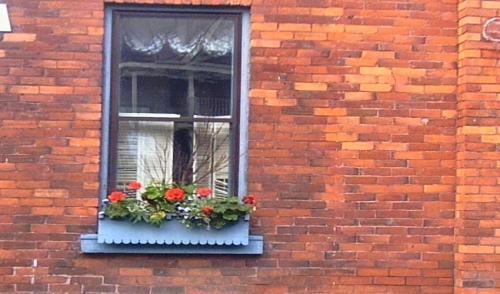
Buying Flexible Flashing
A greater emphasis on waterproofing walls has lead to increased use of peel-and-stick membranes and other types of flexible flashing. But before you choose just any peel-and-stick product, you need to decide which product best suits the given application.
Most peel-and-stick flashings are made from rubberized-asphalt. So long as the surface is clean and warm, these products work great on dimensional lumber, plywood, steel, aluminum, hard vinyl, asphalt felt and plastic housewrap. Note, though, that unless the flashing is laminated with aluminum foil, it should not be left exposed to the weather.
Butyl rubber resembles rubberized-asphalt, but it lacks the distinctive asphalt smell. Butyl’s bond is aggressive, but it’s slower acting, which allows for readjustments during installation. Generally, butyl flashings have a wider temperature range for installation than rubberized-asphalt; they’re also less likely to stain and have a long-lasting stickiness. Like rubberized asphalt, butyl flashings are available with a polyethylene or aluminum foil.
When selecting a flexible flashing product consider its thickness, the location of application and possible compatibility problems. A thicker flashing is more durable, but thinner flashing is easier to fold and conform to unusual shapes. Butyl products are best used in hot locations because they have less tendency to ooze. But if you’re using flexible flashing anywhere near an asphalt product, it’s best to go with rubberized-asphalt flashing. Butyl flashings are not compatible with asphalt products.
Self-adhering flexible flashing is useful under windowsills and door thresholds, over deck ledger board, and at horizontal projections and parapet walls that will be finished with stucco. When installing flexible flashing on wall sheathing, though, avoid creating a wrong-side vapor barrier by using too much. Limit the use of flashing to small areas.
